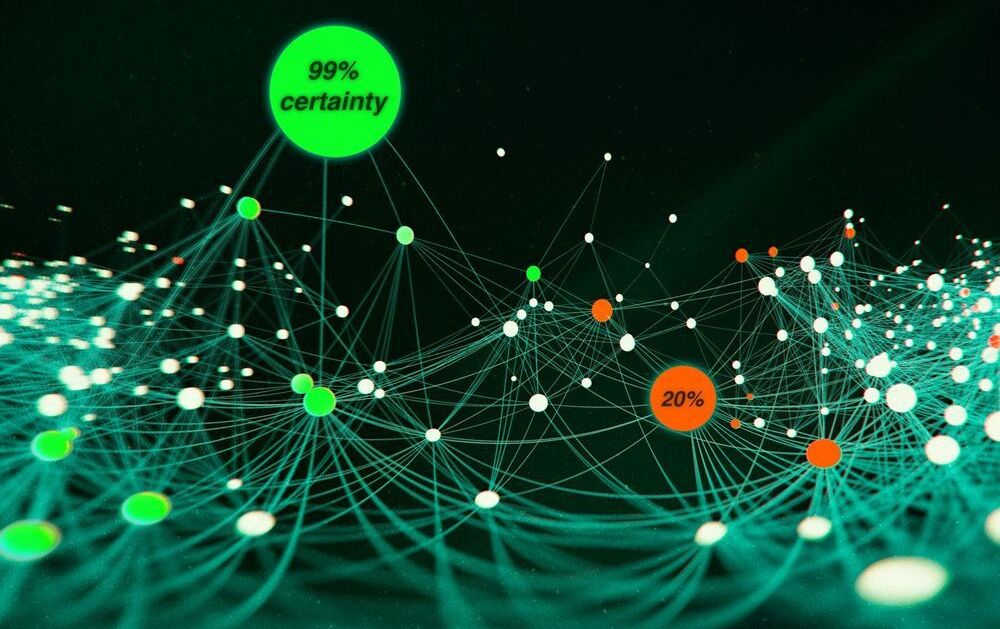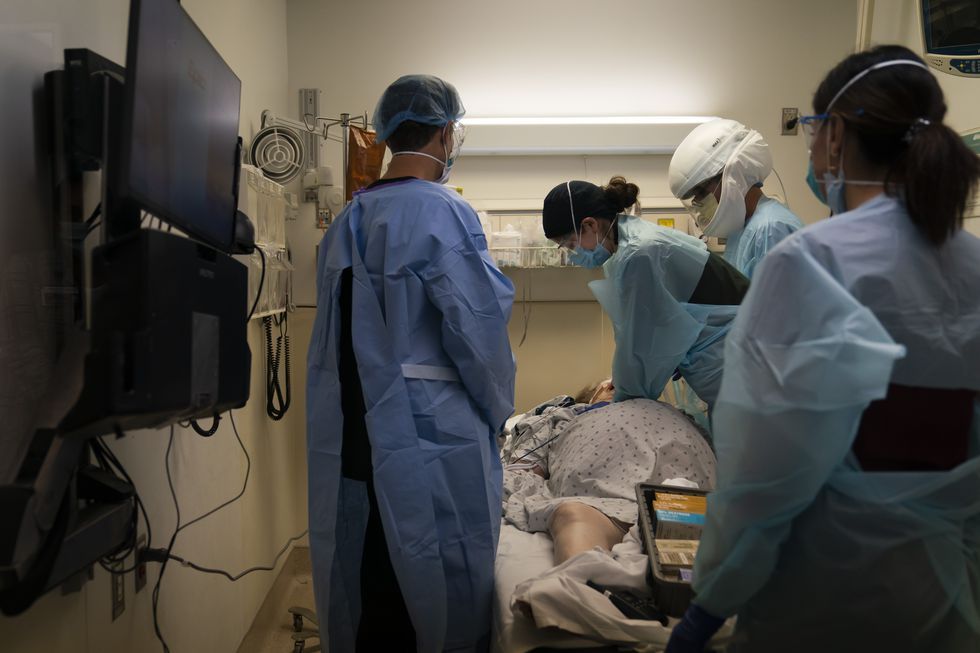MIT researchers have developed a way for deep learning neural networks to rapidly estimate confidence levels in their output. The advance could enhance safety and efficiency in AI-assisted decision making, with applications ranging from medical diagnosis to autonomous driving.
In the next few years, Mars will be visited by three new rovers, the Perseverance, Tianwen-1, and Rosalind Franklin missions. Like their predecessors – Pathfinder and Sojourner, Spirit and Opportunity, and Curiosity – these robotic missions will explore the surface, searching for evidence of past and present life. But even after years of exploring, an important question remains: where is the best place to look?
To date, all attempts to find evidence of life on the surface have yielded nothing, owing to the fact that the Martian environment is extremely cold, desiccated, and irradiated. According to a new study by an international team of researchers led by Cornell University and the Centro de Astrobiología in Madrid, the Atacama desert in the mountains of Chile could hold the answer.
Located in northern Chile and ranging in elevation from 2,400 meters (7,900 feet) to 4,800 m (15,700 ft), the Atacama plateau desert is the driest region on the planet. Because of its elevation and negligible cloud cover, this region is an ideal place for astronomical studies, which is why the European Southern Observatory (ESO) operates three major observatories there – La Silla, Paranal, and Llano de Chajnantor.
(AP) — U.S. health officials Saturday agreed to allow emergency use of a second antibody drug to help the immune system fight COVID-19, an experimental medicine that President Donald Trump was given when he was sickened last month.
The Food and Drug Administration authorized use of the Regeneron Pharmaceuticals Inc. drug to try to prevent hospitalization and worsening disease from developing in patients with mild-to-moderate symptoms.
The drug is given as a one-time treatment through an IV. The FDA allowed its use in adults and children 12 and over who weigh at least 88 pounds (40 kilograms) and who are at high risk of severe illness from COVID-19 because of age or certain other medical conditions.
Tired of thinking about Christmas Gifts Ideas for families or friends? Well, we at Gadgets Laboratory are looking out for products that have great value and can help with making your everyday life simpler!
https://www.forbes.com/sites/johnkoetsier/2020/11/20/this-2-…f7a547a57c to Nate Storey, the future of farms is vertical. It’s also indoors, can be placed anywhere on the planet, is heavily integrated with robots and AI, and produces better fruits and vegetables while using 95% less water and 99% less land.
95% less water. 99% less land. 400X more yield.
This week, a German company deployed 3D printing technology to construct a new residential block, which is set to become the largest printed apartment building in Europe.
Threat actors are looking for API tokens, passwords, and database logins usually stored in ENV files.
Does the real future of Space exploration lie with enlightened private entrepreneurs such as Bezos & Musk or do national agencies still have a part to play? https://www.nytimes.com/2020/10/13/science/
Blue Origin’s New Shepard rocket hasn’t flown space tourists yet, but it has found a business niche with NASA and private science experiments.









